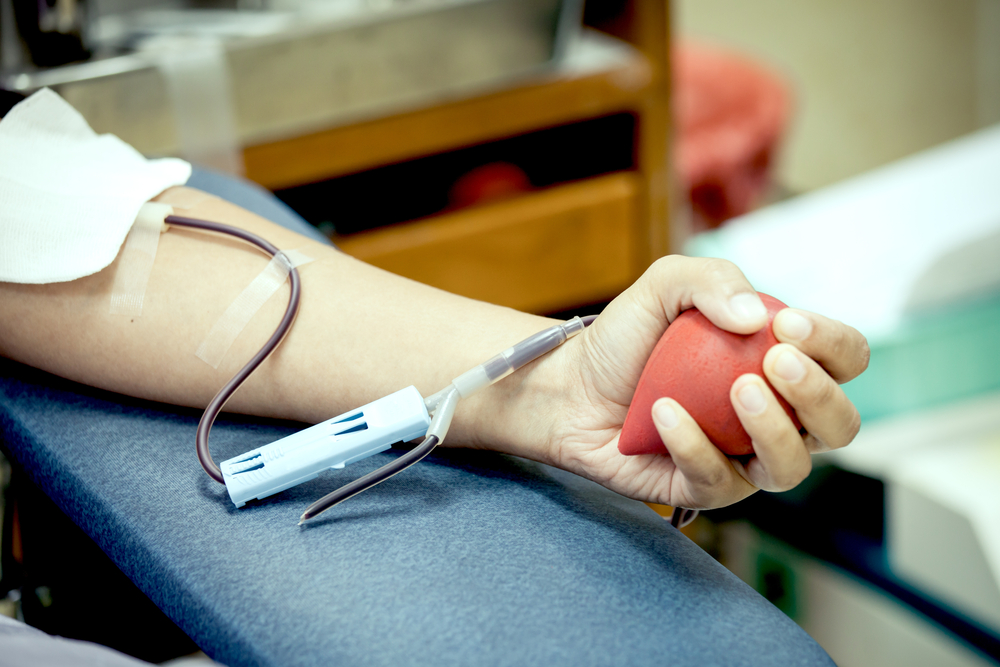Patients suffering from hematologic disorders (including leukemia, platelet disorders and coagulation factor deficiency) or from acute hemorrhagic events receive treatments based on the use of blood-derived products such as red blood cells, platelets, plasma and/or plasma-derived, Although in the last three decades the risk of serious viral infections (eg HIV, HCV, HBV) has been significantly reduced, it has not yet been fully reset and remains subject to discussion in the medical field. In order to be able to advise patients on the various therapeutic options and subsequently obtain the informed consent for transfusion or for plasma-derived administration, the clinicians should be aware of the latest and most innovative techniques used to reduce/inactivate the pathogenic agents potentially present in these products and at the same time have to be aware of what is the residual and real risk of viral transmission today.
This article analyzes the different methods currently used to reduce the risk of viral transmission of the most common pathogenic agents by administration of blood-derived, the differences in the risk of infection present in the different products in different countries, the techniques of viral inactivation that maintain effectiveness of the final product, all taking into consideration the economic aspect that significantly affects the possibility of implementing procedures for reducing the risk of infection.The data reported in the literature and readily available in the PubMed database have been considered and analyzed using appropriate keywords such as pathogen, inactivation, blood, etc., and added to the data obtained from the personal experiences of the authors of this publication.A careful analysis of what has been reported has therefore allowed the authors to state that since the risk of viral transmission by transfusion and/or administration of blood-derivedl is not cleared, it is important to improve knowledge and procedures to minimize it.
Proper blood donor selection is therefore crucial to achieving this goal, even if the discovery of ever-new pathogens (Zika virus, West Nile virus, etc.) requires implementation of the diagnostic measures necessary to detect as early as possible the presence of these infectious agents in donated blood or plasma. An alternative to this can be given by choosing suitable therapeutic products that have not previously come into contact with blood and plasma.
There are many different techniques currently available to reduce or inhibit potentially present pathogens (use of chemical and photodynamic procedures, use of UVC light, pasteurization, etc.), but their implementation, albeit important and recommended, should be always compared with the data of the effectiveness of the final product, with the actual benefit in terms of health, and with the costs incurred by that implementation. An important consideration has also been made regarding the correct information that clinicians should give to patients when they describie the risks and benefits associated with the blood-derived treatments.
The information should be given in a clear and simple manner, with such terms that all patients are able to understand. The most correct strategy seems to be the one that compares the risk of viral transmission with known risks to everyone and commonly present in the general population (eg risk of having a car accident) in order to avoid dangerous misunderstandings.
Ann Hematol. 2017 Aug;96(8):1253-1270
La riduzione/inattivazione dei patogeni dai prodotti utilizzati per il trattamento dei disordini ematologici: quali sono i processi utlizzati per ridurre o eliminare i patogeni e cosa dovrebbe essere comunicato ai pazienti?
Di Minno G, Navarro D, Perno CF, Canaro M, Gürtler L, Ironside JW, Eichler H, Tiede A



